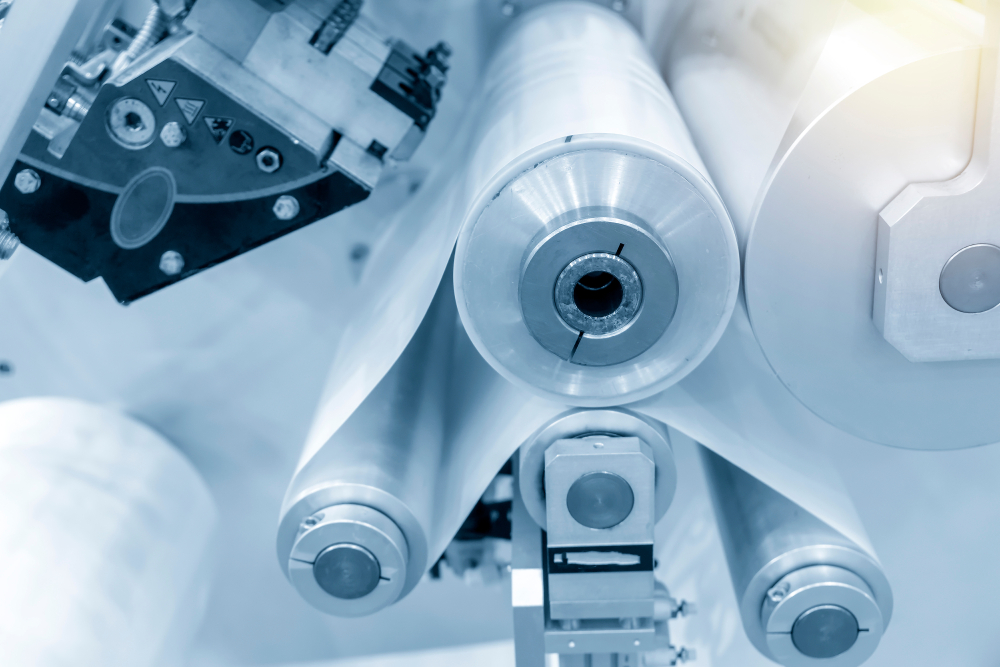Manufacturing plants and factories in Mexico, often times called maquiladoras, can be found in several key regions across the country. This provides a great deal of opportunity but can also make it challenging for foreign manufacturers ready to expand their operations into Mexico to decide where best to locate. Yet, for companies prepared to benefit from Mexico's large labor force and cost advantages, selecting an optimal site for building or leasing a manufacturing facility is a critical first step.
For tips on how to select the ideal venue for your Mexican factory, listen to this podcast:
Below we offer an overview of key manufacturing areas in Mexico and guidance on site selection to help rule out potential problems in your search.
Main manufacturing locations in Mexico:
Most manufacturing in Mexico is located near the northern and central portions of the country due to the easy access these areas provide to the United States, the world's largest consumer economy. Over time, industrial clusters have stretched further south to benefit from the higher availability of labor and Mexico's growing domestic market. Keeping this balance in mind, three major manufacturing areas in Mexico have emerged: the border region, Northern Mexico, and the Bajío region in central Mexico.
The U.S.-Mexico border region
Its proximity to the U.S. market has made industrialized cities along the northern border popular locations for manufacturing factories in Mexico. This accessibility comes at a high cost, however. Specifically, these locations tend to command higher wages and real estate costs.
Border cities in which foreign manufacturers most commonly locate manufacturing facilities include Tijuana and Mexicali in Baja California; Nogales in Sonora; Ciudad Juarez in Chihuahua; and Nuevo Laredo, Reynosa, and Matamoros in Tamaulipas.
Northern Mexico
More than 56% of maquiladoras are located in one (or more) of the six Mexican states along the U.S. border. By locating beyond the border cities, many manufacturers find a stronger balance of available manufacturing labor, lower costs, and strong supporting infrastructure. Robust transportation options—including highways, rail, international airports, and deep-sea ports—easily connect factories in northern Mexico to the world.
Popular manufacturing areas within the interior of border states include Hermosillo, Guaymas, and Empalme in Sonora; Monterrey in Nuevo Leon; and Saltillo in Coahuila.
The Bajío region
This area of central Mexico has seen tremendous growth as a manufacturing location in recent years. It first attracted companies due to its more competitive costs. More recently, the Bajío region has been the site of some of the fastest-growing industrial hubs in the country. Among these is the fast-growing aerospace sector. Foreign investors are locating more manufacturing factories in those states that balance a safe, beautiful, and cost-effective location with a growing network of suppliers.
Popular manufacturing areas in the interior of Mexico include Mexico City, Guanajuato, Jalisco, Queretaro, Puebla, Estado de Mexico, San Luis Potosi, and Aguascalientes.
How do you establish a manufacturing facility in Mexico?
In gauging which site might best suit the needs of a future manufacturing plant, consider the following site-selection criteria:
- Real estate options: Many maquiladoras find it cost-effective to lease a manufacturing facility. Certainly, there is ample suitable Class A industrial space to be found in Mexico. Options may include standalone buildings, a manufacturing facility within an industrial park, or a building in a Manufacturing Community. The latter is an industrial park with more comprehensive manufacturing support services embedded within its offering.
- Labor availability: Regions with strong roots in manufacturing may offer maquiladoras with more skilled labor or training infrastructure. It's important to consider desired skill sets in balance with preferred compensation, turnover rates, and the surrounding competition.
- Availability of utilities: Typically, industrial parks will have utility infrastructure in place. However, it's best to investigate power and water connectivity before committing to a contract. More rural locations may lack existing infrastructure, impacting new construction decisions.
- Proximity to transportation infrastructure: This includes major highways, land ports of entry, airports, seaports, and rail spurs. It should also include consideration of customs brokers to simplify your export process.
- Proximity to supply chain partners: Many companies find that Mexico provides natural resources, components, and equipment that can fill some supply chain needs. There may be opportunities to further reduce costs by building partnerships with local suppliers with proven competency in delivering quality materials and well-made components.
- Flexibility and scalability: Companies that come into Mexico to lower their costs are typically looking to grow. They want a stable workforce, predictable costs—and room to grow. This includes an ability to expand into a larger space, the promise of a broad labor force from which to draw, and the promise of being able to apply advanced manufacturing technologies and processes.
Find the right site for your factory in Mexico
Mexico offers excellent industrial space and connectivity to the globe, but only for those manufacturers that do their due diligence upfront. To simplify the process of collecting data on the local labor markets and expectations, among the wide array of other considerations, consider partnering with Tetakawi. Our site selection services have helped numerous companies establish successful manufacturing factories in Mexico. To learn more, contact Tetakawi today.
Subscribe
Sign up and stay informed with tips, updates, and best practices for manufacturing in Mexico.






